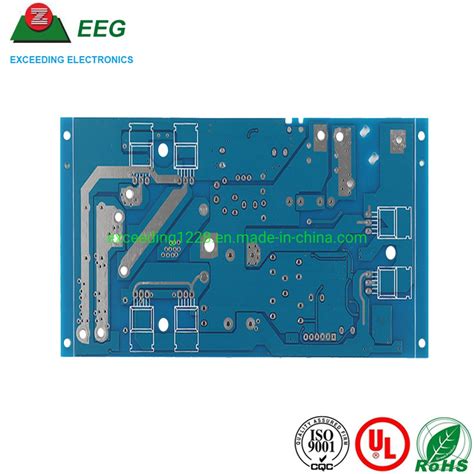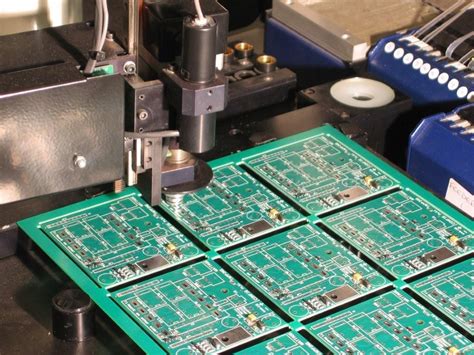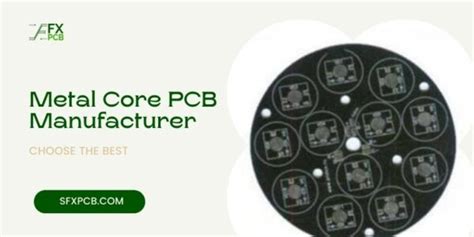Elevate Your Projects with High Quality PCB Boards
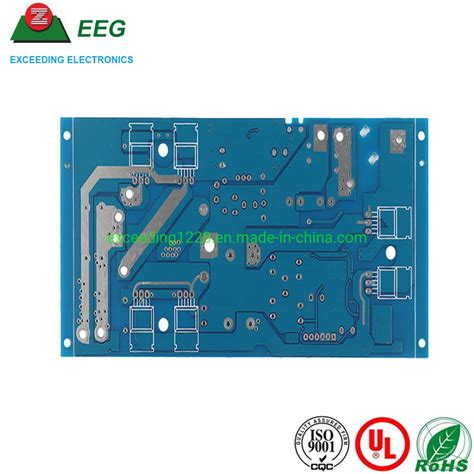
Key Takeaways
Understanding high quality PCB boards is crucial for anyone involved in electronic design and development. These boards stand apart due to their exceptional performance and reliability, which stem from superior pcb manufacturing processes. When you opt for high quality boards, you invest in an enhanced user experience, owing to their durability and consistent functionality. One of the main advantages of using high quality PCB boards is the reduced risk of failures, which can ultimately lower your overall pcb manufacturing cost. Ensure you look for essential features such as copper thickness, material type, and layer count when selecting a board that meets your specific needs.
Moreover, engaging with reputable pcb manufacturing companies ensures that you gain insights into the best practices for board selection, significantly influencing your project’s outcome. Always remember that the quality of PCBs can directly impact your product’s success. As you progress with your pcb manufacturing business, keep in mind that investing in quality at this stage pays dividends later on.
“Choosing high quality PCB boards today leads to projects that not only perform better but also stand the test of time.” Consider applying these principles and watch as your endeavors thrive with superior electronic designs and enhanced project outcomes.

Understanding High Quality PCB Boards: What Sets Them Apart
When it comes to high quality PCB boards, the distinction between them and standard options is crucial for the success of your electronic designs. You might be wondering what specifically defines these superior boards. First and foremost, the pcb manufacturing process plays a pivotal role; high-quality boards undergo stringent quality control measures throughout production, ensuring durability and optimum functionality. In contrast to basic offerings, these boards typically feature better materials and construction techniques that significantly reduce failures in electronic applications. When dealing with pcb manufacturing companies, it’s important to inquire about their certifications and standards, as reputable firms adhere to rigorous guidelines that contribute to a board’s reliability. Furthermore, understanding the pcb manufacturing cost associated with high-end boards is essential in budget planning for your projects. While higher upfront costs may be involved, the potential for reduced failures and increased performance can lead to cost savings in the long run. If you are starting a pcb manufacturing business, focusing on quality can set your offerings apart in a competitive market. By prioritizing these aspects, you can ensure that your electronic designs not only meet expectations but excel in performance and longevity, solidifying your reputation as a quality-focused innovator in an evolving industry landscape.
Key Advantages of Using High Quality PCB Boards
When you invest in high quality PCB boards, you’re setting the foundation for superior performance and reliability in your electronic designs. These boards are designed to offer enhanced durability and functionality, which is critical for both hobbyist projects and large-scale industrial applications. By opting for high quality options, you benefit from reduced pcb manufacturing costs in the long run, as fewer errors lead to less waste and rework.
Moreover, working with reliable pcb manufacturing companies ensures that you are getting materials that meet strict quality standards. This high level of quality control can significantly influence your project’s outcomes by minimizing the chances of failures or malfunctions. Additionally, many pcb manufacturing businesses focus on modern techniques and materials, providing boards that can handle complex designs and high-density layouts.
Incorporating these boards into your projects also opens doors to advanced features such as better thermal management and signal integrity. Overall, choosing high quality PCB boards not only enhances the technical specifications of your designs but ultimately contributes to a more robust end product that can withstand real-world conditions. For further insights on optimizing your electronics with top-notch PCBs, consider checking resources from leading PCB manufacturers like Andwin.
Essential Features to Look for in a PCB Board
When selecting a high quality PCB board for your projects, it’s crucial to understand the essential features that can impact your design’s performance and reliability. First, consider the material used in the pcb manufacturing process. The type of substrate can affect the thermal management and electrical performance of your board; materials like FR-4 are popular due to their low cost and ease of fabrication.
Next, you should evaluate the layer count of the PCB. More layers can provide greater routing capability and reduced electromagnetic interference, but they may also increase pcb manufacturing costs. Balancing complexity with budget is key here. Additionally, check the trace width and spacing, as these affect current carrying capacity and signal integrity.
It is also advisable to look into the surface finish options provided by various pcb manufacturing companies. Different finishes like HASL (Hot Air Solder Leveling) or ENIG (Electroless Nickel Immersion Gold) offer distinct advantages in terms of solderability and corrosion resistance, which can be pivotal for long-term reliability.
Another critical aspect involves examining drill hole sizes and tolerances—especially if your project involves intricate designs with tight spacing requirements. Adhering to specific standards such as IPC-2221 ensures that your board meets industry performance requirements.
Here’s a quick reference table summarizing features to consider:
| Feature | Importance |
|---|---|
| Material | Affects thermal management and electrical properties |
| Layer Count | Influences routing capability |
| Trace Width & Spacing | Impacts current carrying capacity |
| Surface Finish | Affects solderability and longevity |
| Drill Hole Sizes | Essential for complex designs |
By keeping these features in mind while navigating through multiple options, you can make a well-informed decision that will enhance your project outcomes significantly while optimizing expenses associated with your pcb manufacturing business.
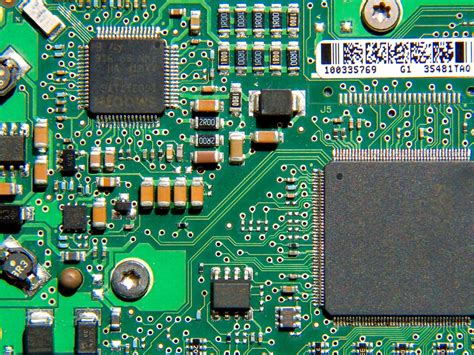
Best Practices for Selecting the Right PCB Board
When it comes to selecting a PCB board, you must consider several essential factors to ensure optimal performance for your projects. First, assess the pcb manufacturing options available. Different pcb manufacturing companies may offer various specifications, so it’s critical to understand their capabilities and reputation in the industry. Investing time in reviewing a company’s past projects can provide insight into their quality and reliability.
Next, consider the cost associated with pcb manufacturing, as this can significantly impact your project’s budget. While it’s tempting to go for lower-cost options, remember that compromising on quality can lead to performance issues down the line. Instead, weigh the pcb manufacturing cost against factors like durability and performance, which ultimately contribute to your project’s success.
Moreover, ensure you select a board that meets your design requirements regarding size, shape, and layer count. Understanding your project’s specific needs will guide you in choosing a PCB that aligns with your goals. Lastly, keep an eye on advancements in technology and emerging trends in pcb manufacturing business, as these may offer innovative solutions that could enhance your project.
Taking these considerations into account will help you make an informed decision when selecting a high quality PCB board that not only meets but exceeds your standards for performance and reliability.
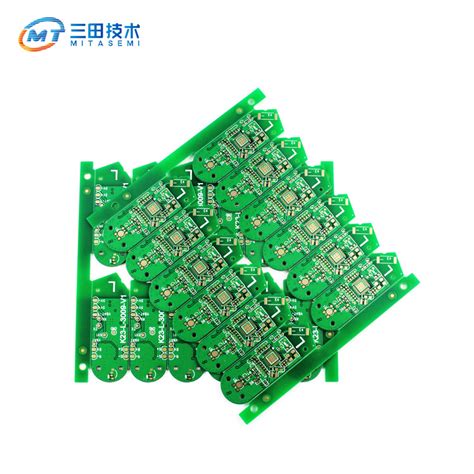
The Impact of PCB Quality on Performance and Reliability
When embarking on your electronic design journey, it is crucial to understand that the quality of PCB boards plays a significant role in the overall performance and reliability of your projects. High quality PCBs are meticulously crafted, often utilizing advanced pcb manufacturing techniques that ensure a robust and efficient product. When you invest in quality, you are not just buying a board; you are enhancing the operational stability of your device. Subpar boards from lower-end pcb manufacturing companies may tempt you with lower pcb manufacturing costs, but this can lead to increased risks such as signal interference, overheating, and even device failure. By choosing high quality options, you are more likely to achieve maximum reliability in your designs, thereby reducing the long-term issues often associated with inferior products. It’s essential to evaluate the credentials of your selected pcb manufacturing business, as their expertise directly influences the board’s capacity to perform under various conditions. Ultimately, making an informed choice in PCB quality can elevate your project from a mere concept to a functional and dependable electronic solution.
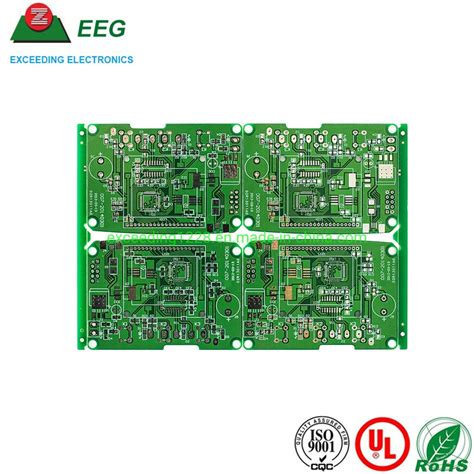
Comparing Different Types of High Quality PCB Boards
When it comes to selecting high quality PCB boards, it’s essential to understand the different types available and how they align with your project needs. The landscape of PCB manufacturing encompasses diverse materials and techniques, each influencing the pcb manufacturing cost and the overall performance of your designs. For instance, FR-4 is one of the most widely used materials due to its balance of cost-effectiveness and reliability, making it a preferred choice among many pcb manufacturing companies. On the other hand, if you’re designing high-frequency applications, you may want to consider materials like PTFE or Ceramic, which offer superior performance but can increase your pcb manufacturing costs. Furthermore, evaluating other options like multilayer boards or flexible PCBs can also impact your project’s adaptability and functionality. In this context, understanding the unique characteristics of each type can significantly enhance both your designs’ reliability and overall success in achieving your desired outcomes. Engaging with knowledgeable pcb manufacturing companies will also provide valuable insights into trending technologies that can elevate your projects without compromising on quality.
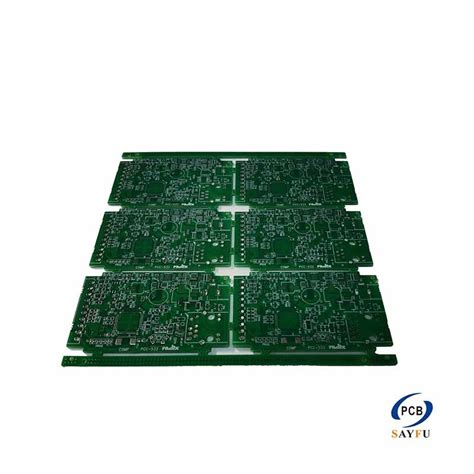
Common Mistakes to Avoid When Choosing PCB Boards
When selecting high quality PCB boards, it’s essential to be mindful of several common pitfalls that can undermine your project’s success. One typical mistake is ignoring the pcb manufacturing cost while assessing quality; a higher price does not always equate to superior performance. Instead, you should evaluate pcb manufacturing companies based on their track record, materials used, and the specific requirements of your project. Another frequent oversight is neglecting the intended application of your PCB. Different projects have varying demands; thus, understanding factors like thermal management and signal integrity is crucial. Skimping on research can lead you to choose boards that may not support optimal functionality, resulting in a negative impact on overall reliability and performance. Furthermore, it’s important to look out for the source and quality of raw materials when delving into pcb manufacturing, as this can influence durability and effectiveness in real-world scenarios. Lastly, don’t overlook the significance of consulting with experts or leveraging reviews about various pcb manufacturing companies—this insight can guide you in making a more informed choice tailored to your unique project needs. By avoiding these common mistakes, you can better navigate the landscape of pcb manufacturing and ensure that you select a board that enhances your electronic designs effectively.
Future Trends in High Quality PCB Technology
In the ever-evolving realm of pcb manufacturing, staying abreast of the latest trends is crucial for enhancing your projects. One prominent trend is the push towards more environmentally sustainable pcb manufacturing companies that prioritize eco-friendly processes and materials. With an increased focus on sustainability, these companies are innovating to reduce waste and energy consumption, which not only benefits the planet but can also help lower the pcb manufacturing cost over time. Moreover, advancements in technology are leading to boards that offer greater density, improved performance, and more reliable components, allowing you to achieve superior results in your electronic designs. As demands for compact designs rise, pcb manufacturing will increasingly adopt precision techniques that cater specifically to these needs. Keeping an eye on these trends will empower you to make informed decisions when engaging with manufacturers or launching a pcb manufacturing business, ultimately positioning your projects for success while driving innovation in the industry.
Conclusion
In today’s rapidly evolving technology landscape, the importance of high quality PCB boards cannot be overstated. By understanding the intricacies of pcb manufacturing, you’ll discover that the choice of materials and techniques employed by pcb manufacturing companies significantly impacts the overall performance and reliability of your electronic designs. Whether you’re delving into DIY projects or managing a commercial venture, being knowledgeable about pcb manufacturing cost can help you make informed decisions that align with your budget while ensuring superior quality. When engaging with pcb manufacturing business, aim to prioritize suppliers renowned for their rigorous quality control processes and innovative techniques. This foresight in selection not only enhances your project’s outcome but also mitigates potential issues down the line, ensuring that your electronic devices perform optimally in all applications. As you navigate this environment, remember that prioritizing high quality in your PCB choices could very well set your projects apart in today’s competitive market.
FAQs
What is the importance of high quality PCB boards in electronic design?
High quality PCB boards are essential for achieving optimal performance and reliability in your electronic designs. They ensure effective signal transmission, minimize noise, and help in managing thermal properties.
How do I choose the right PCB for my project?
When selecting a PCB, consider factors such as pcb manufacturing cost, necessary electrical properties, the complexity of your circuit, and the reputation of pcb manufacturing companies. This helps in avoiding potential issues down the line.
What are common mistakes made in PCB selection?
Common mistakes include not assessing your project’s needs thoroughly, ignoring the specifications offered by pcb manufacturing companies, and not factoring in future scalability. Always take time to research before making decisions.
What sets high quality PCB boards apart from standard ones?
High quality PCB boards typically feature superior materials and manufacturing techniques, leading to better performance. They are more reliable under various operating conditions compared to standard options.
How does PCB quality affect overall project outcomes?
The quality of your PCB boards directly impacts the functionality of your project. Poorly fabricated boards can lead to circuit failures, increased maintenance costs, and lower product satisfaction.
If you’re looking for reliable options for your electronic projects, please click here to explore high quality pcb manufacturing solutions tailored for your needs.

